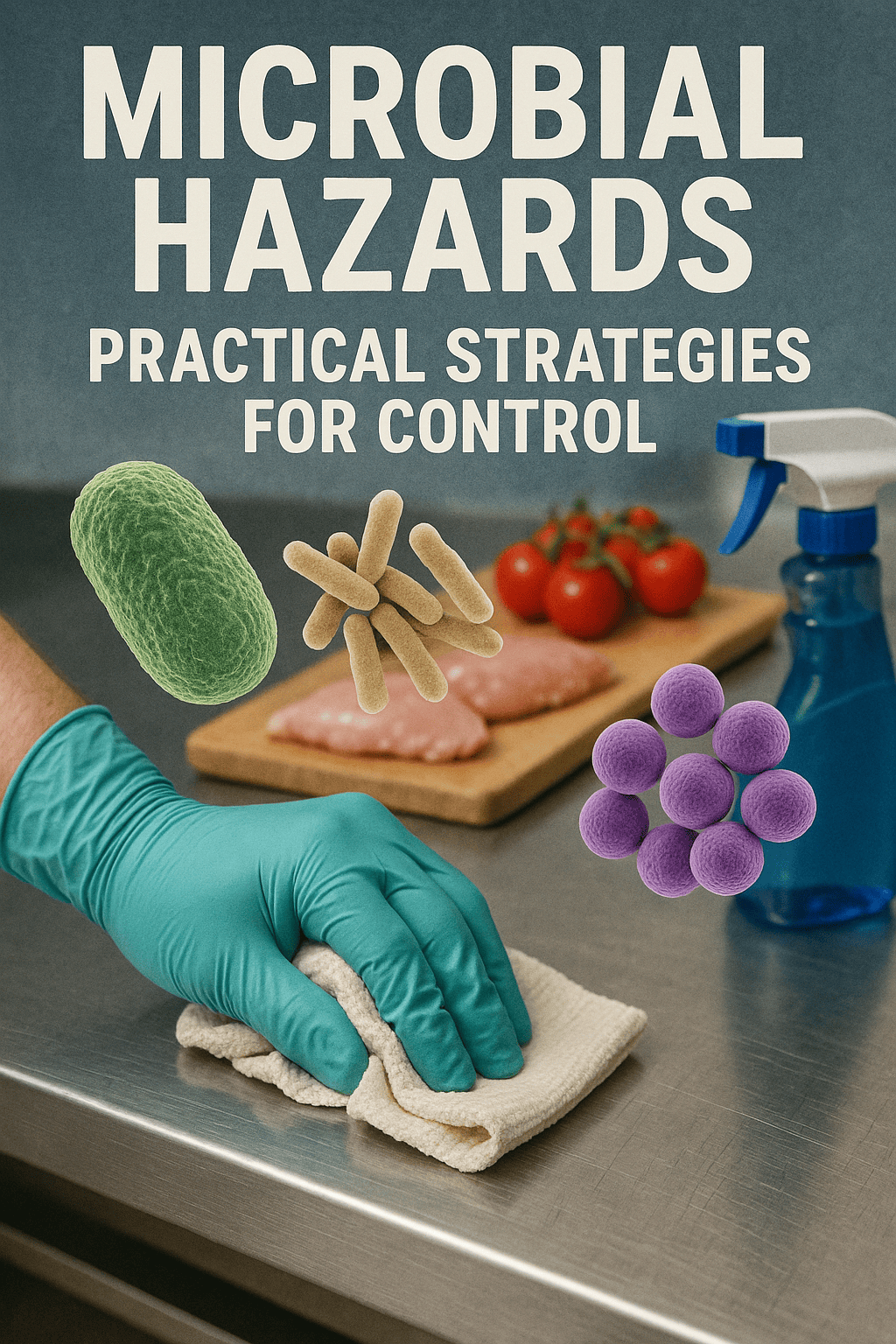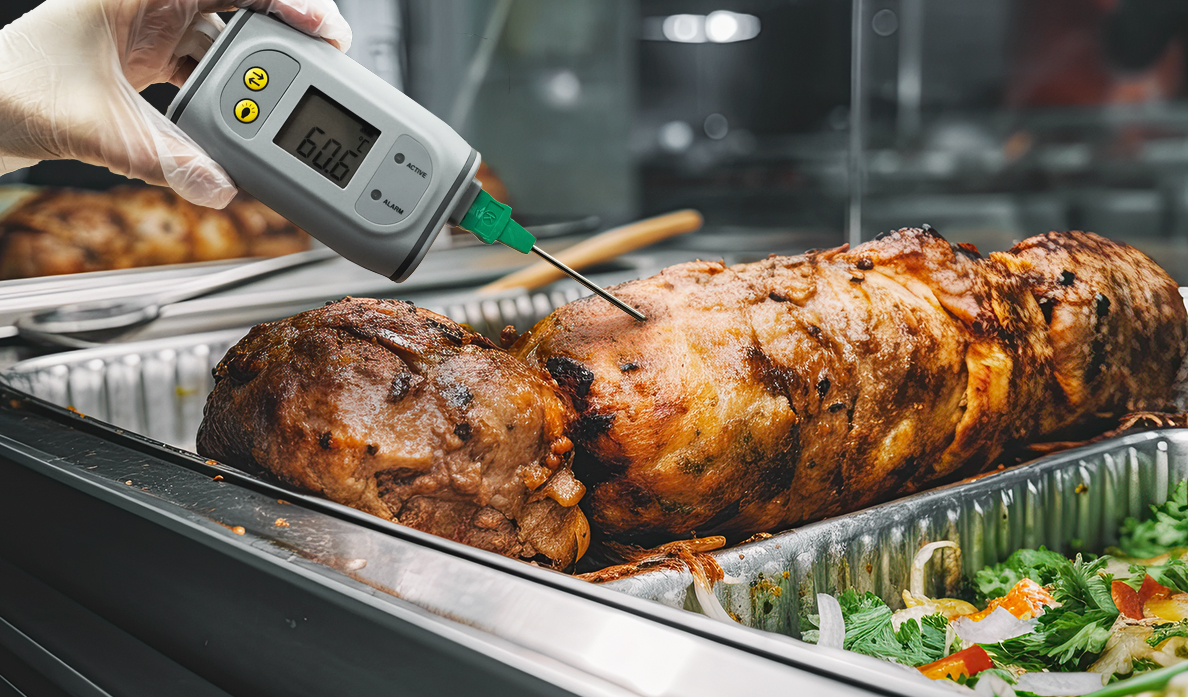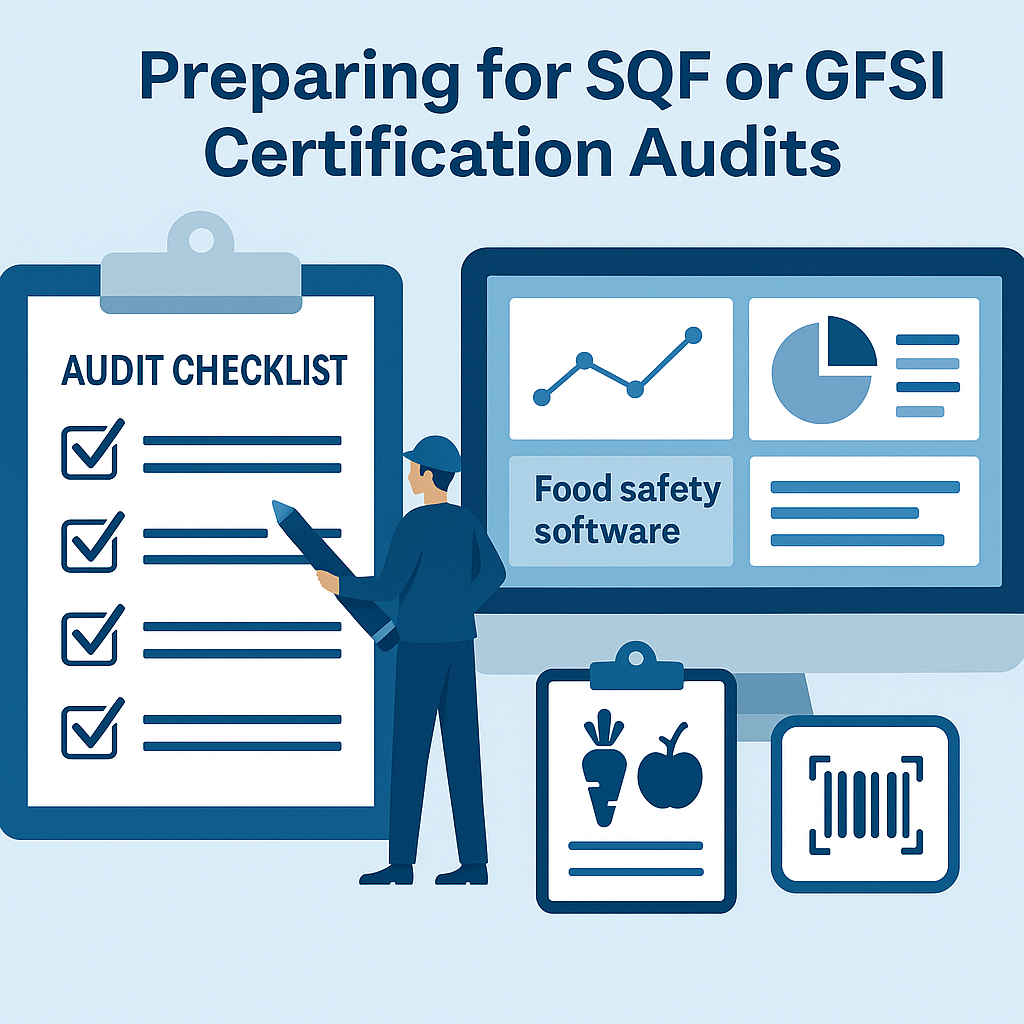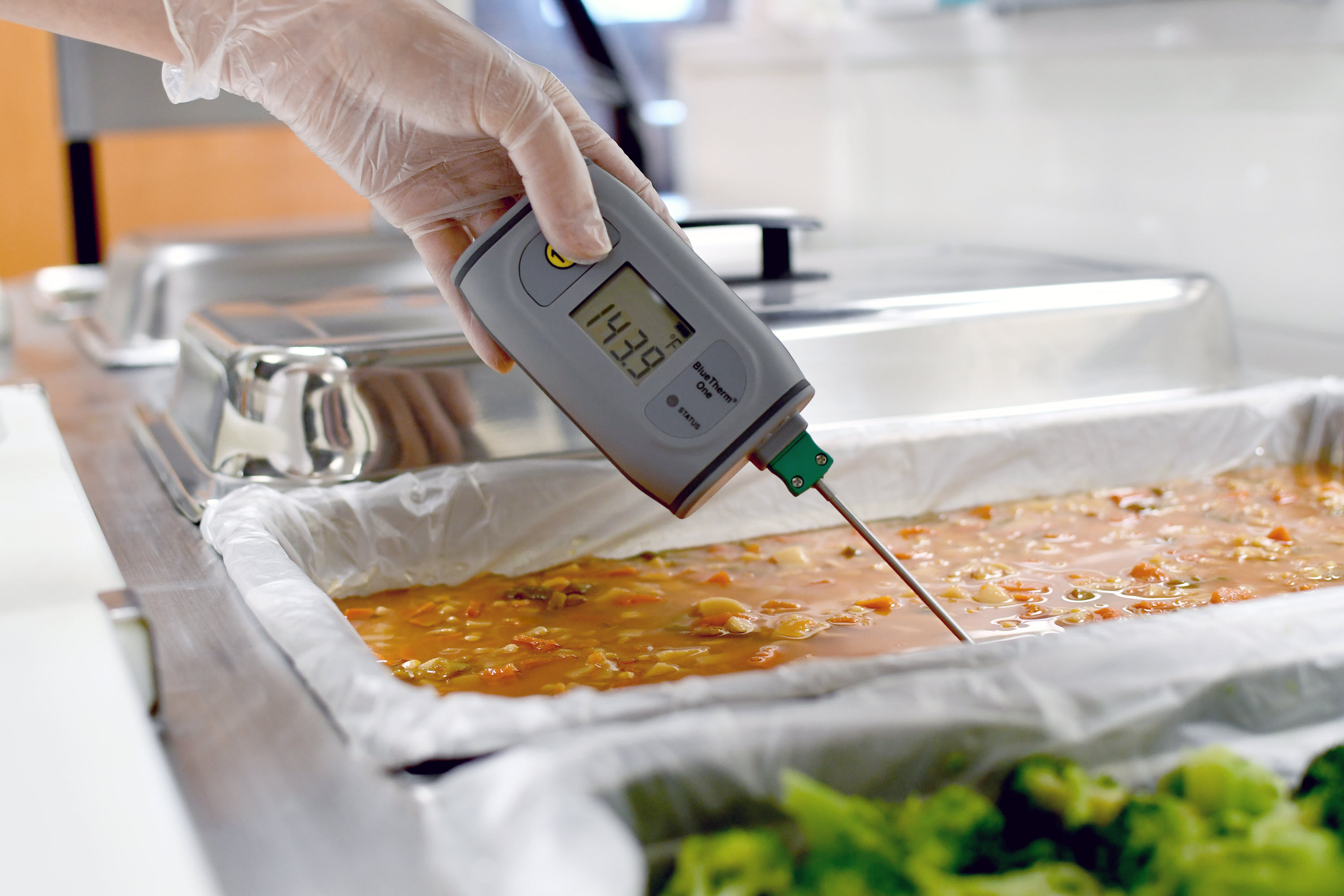In the intricate web of food safety protocols, one often-overlooked aspect is the vital role of building inspections. From manufacturing plants to distribution centers and retail outlets, the structure of the facility itself plays a pivotal role in safeguarding food safety and maintaining compliance with regulatory standards. Building inspections are not merely about structural integrity—they are integral to ensuring the production, storage, and distribution of safe and wholesome food.
This blog delves into the significance of building inspections in the food industry, outlining a step-by-step approach and illustrating how tools like food traceability software and food safety software can streamline the process. By the end, you'll see why these inspections are essential and how integrating technology enhances their effectiveness.
Why Building Inspections Are Critical to Food Safety
Building inspections focus on evaluating the physical environment where food is produced, stored, or handled. Key reasons for their importance include:
1. Preventing Contamination
A facility with structural issues such as cracks, leaks, or improper drainage can create pathways for pests, mold, or contaminants to enter the food production process. Regular inspections help identify and mitigate these risks before they compromise food safety.
2. Regulatory Compliance
In most countries, regulatory bodies like the FDA, CFIA, or EFSA require facilities to comply with stringent building and maintenance standards. Non-compliance can result in hefty fines, recalls, or loss of operating licenses. Routine building inspections ensure adherence to these regulations.
3. Protecting Brand Reputation
Food safety violations can tarnish a brand’s image, causing irreversible damage. Regular inspections demonstrate a commitment to quality and safety, building trust among consumers and stakeholders.
4. Supporting Food Traceability
A facility’s design and condition can directly impact its ability to maintain traceability. Poorly designed buildings may complicate the implementation of food traceability software, while compliant structures can streamline tracking and documentation.
Step-by-Step Approach to Building Inspections for Food Safety
Building inspections, when conducted systematically, can greatly enhance food safety and compliance efforts. Here is a step-by-step guide:
Step 1: Understand Regulatory Requirements
Begin by familiarizing yourself with local, national, and international food safety regulations. For example:
-
In the US, facilities must comply with FDA’s FSMA standards.
-
In Canada, the Safe Food for Canadians Regulations (SFCR) apply.
-
In the EU, facilities must adhere to EU Hygiene Package requirements.
These regulations often specify construction materials, drainage systems, ventilation, pest control measures, and maintenance schedules.
Step 2: Assess Facility Design
Evaluate the building layout to ensure it supports safe food handling practices. Critical areas to inspect include:
-
Workflow Design: Ensure a seamless flow of food materials to prevent cross-contamination.
-
Zoning: Check for proper segregation of raw and finished products.
-
Ventilation Systems: Verify that air circulation minimizes risks of airborne contamination.
Step 3: Inspect Structural Integrity
Thoroughly examine the building’s physical condition:
-
Walls, Floors, and Ceilings: Look for cracks, leaks, and damage.
-
Drains and Plumbing: Ensure proper functioning and absence of blockages.
-
Lighting: Confirm adequate lighting in workspaces.
Step 4: Evaluate Pest Control Measures
Inspect for potential pest entry points such as gaps in doors or windows. Verify that pest control systems are in place and functioning effectively.
Step 5: Test Equipment and Utilities
Ensure all utilities—water, electricity, HVAC systems—are operating as required. Malfunctioning equipment can directly impact food safety and quality.
Step 6: Document Findings
Thorough documentation is essential for both internal monitoring and external audits. Using food safety software can simplify this process by digitizing inspection records and linking them to compliance requirements.
Step 7: Implement Corrective Actions
Address any deficiencies identified during the inspection. Assign responsibilities, set deadlines, and ensure completion of corrective actions to maintain compliance.
Step 8: Schedule Regular Follow-Ups
Building inspections should not be a one-time event. Create a schedule for periodic inspections to proactively address issues and ensure ongoing compliance.
Real-Life Examples
To illustrate the importance of building inspections, consider these scenarios:
Example 1: A Small Food Processing Facility
A food processing plant faced repeated pest infestations due to gaps in their loading dock doors. During a routine building inspection, the issue was identified, and new pest-proof doors were installed. The facility also implemented a food safety software solution to log and monitor pest control measures. This proactive approach led to a 40% reduction in food safety incidents.
Example 2: A Distribution Warehouse
A distribution center storing perishable goods suffered from inconsistent temperatures due to an outdated HVAC system. A building inspection revealed the need for an upgrade. Once addressed, the facility integrated food traceability software to ensure temperature monitoring aligned with safety standards, preserving product quality.
Leveraging Technology in Building Inspections
Modern technology has transformed building inspections, making them more efficient and accurate. Here’s how:
1. Food Safety Software
Comprehensive food safety software simplifies inspection management by:
-
Automating inspection schedules and reminders.
-
Digitally documenting inspection results.
-
Tracking corrective actions and ensuring accountability.
2. IoT and Smart Sensors
Smart sensors can monitor critical parameters such as temperature, humidity, and air quality in real time. Alerts are sent if thresholds are breached, allowing immediate corrective actions.
3. Food Traceability Software
By integrating building inspections with food traceability software, facilities can ensure that structural issues do not disrupt the traceability chain. For instance, if an inspection identifies a contamination risk, the affected batch can be traced and isolated swiftly.
4. AI and Predictive Analytics
AI-powered tools can analyze inspection data to identify recurring issues and predict potential risks. This enables facilities to adopt a preventive approach, addressing problems before they escalate.
Benefits of Regular Building Inspections
Enhanced Compliance
Regular inspections ensure facilities meet all regulatory requirements, reducing the risk of violations and penalties.
Improved Efficiency
Identifying and addressing structural issues early minimizes disruptions and downtime, boosting operational efficiency.
Increased Consumer Confidence
Consistent inspections and adherence to food safety protocols build trust among consumers, reinforcing a brand’s reputation.
Better Resource Allocation
With digital tools like food safety software, facilities can optimize their inspection processes, allocating resources more effectively.
Propose a Demo
The integration of technology into building inspections is no longer optional—it’s a necessity for staying ahead in the competitive food industry. NORMEX offers innovative solutions that streamline inspections and enhance food safety compliance. To learn more about how NORMEX can transform your facility’s approach to building inspections, we invite you to schedule a demo at https://normex.ca/demo.
Conclusion
Building inspections are a cornerstone of food safety compliance, ensuring that the physical environment supports the safe production, storage, and distribution of food. By following a systematic approach and leveraging advanced tools like food traceability software, facilities can enhance their inspection processes, mitigate risks, and maintain regulatory compliance.
Food safety professionals and C-level executives must prioritize building inspections as an integral part of their overall food safety strategy. With the right tools and practices, your facility can achieve higher standards of safety, efficiency, and consumer trust. Ready to take the next step? Schedule your demo today and explore how NORMEX can help elevate your food safety compliance.







